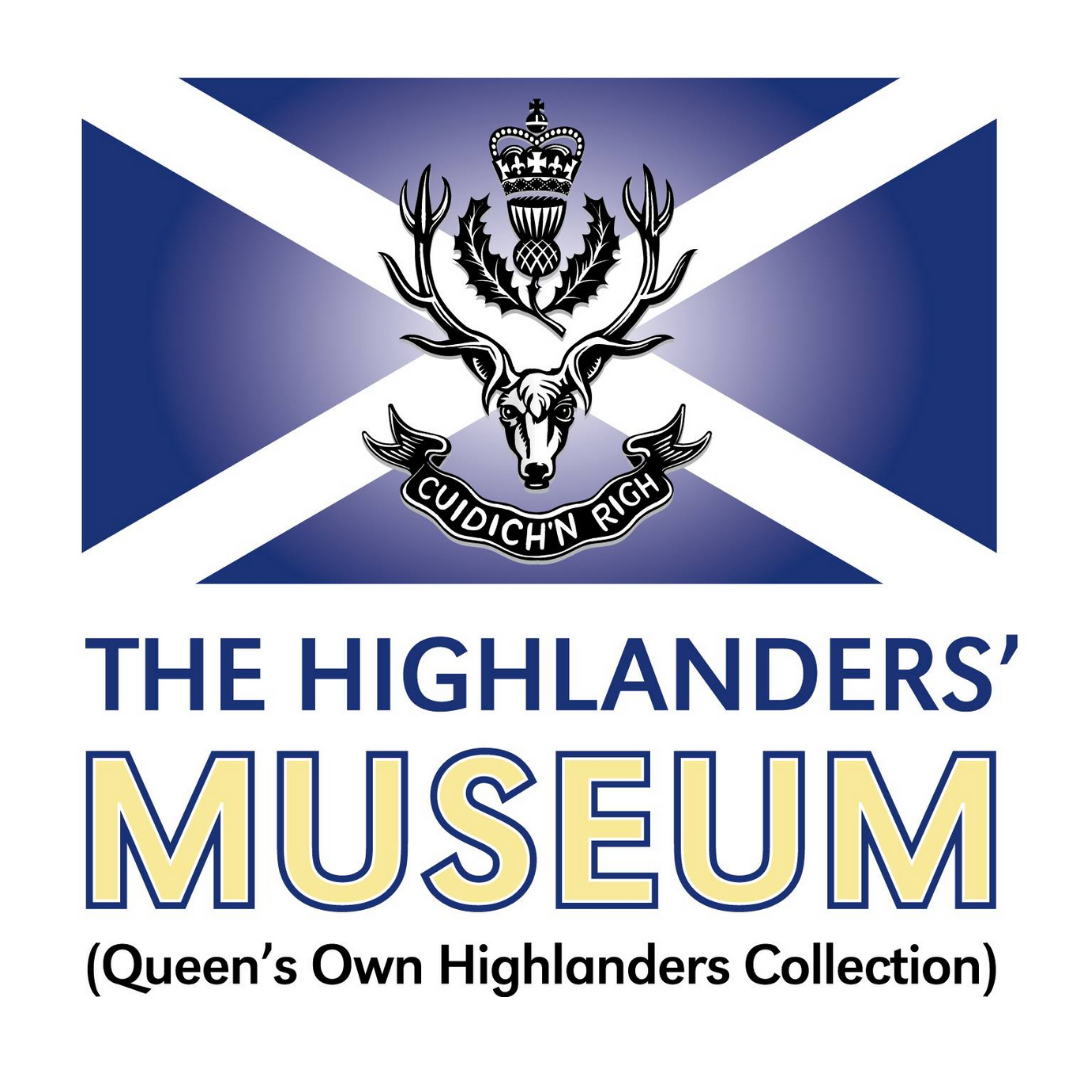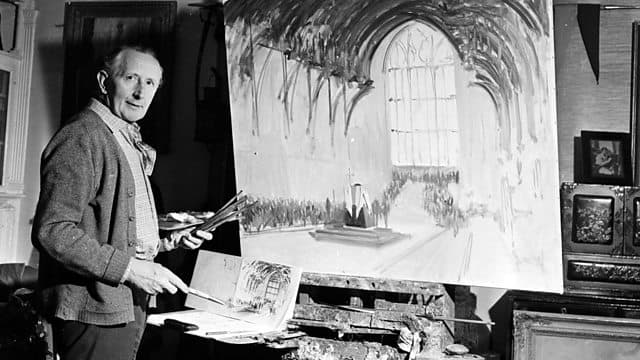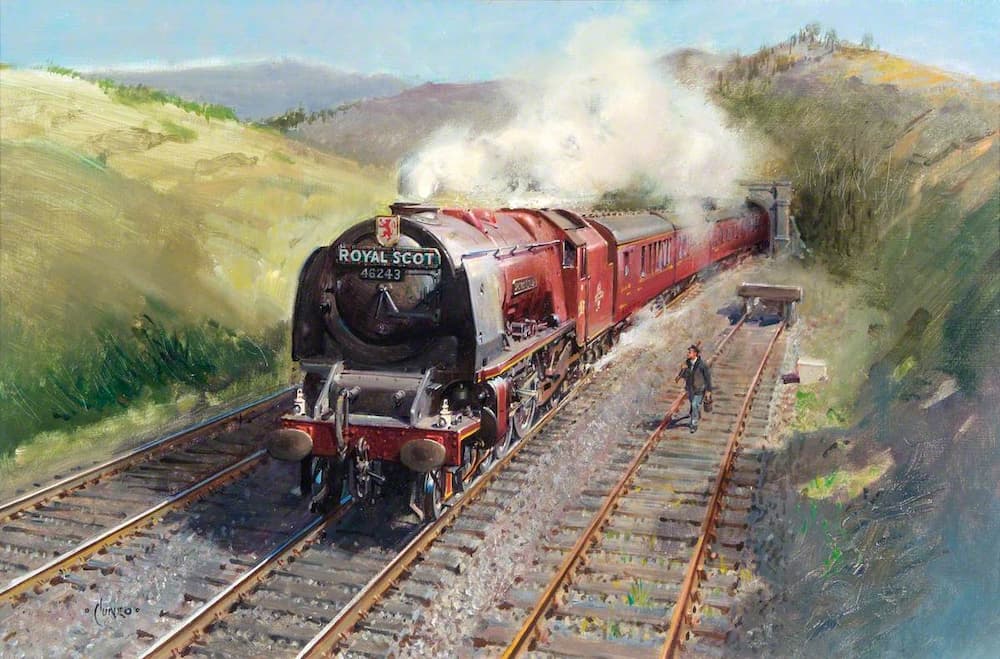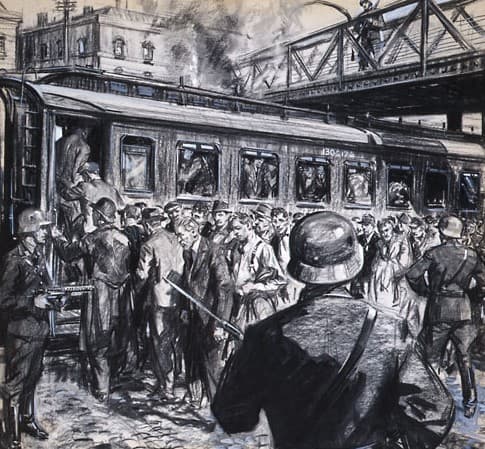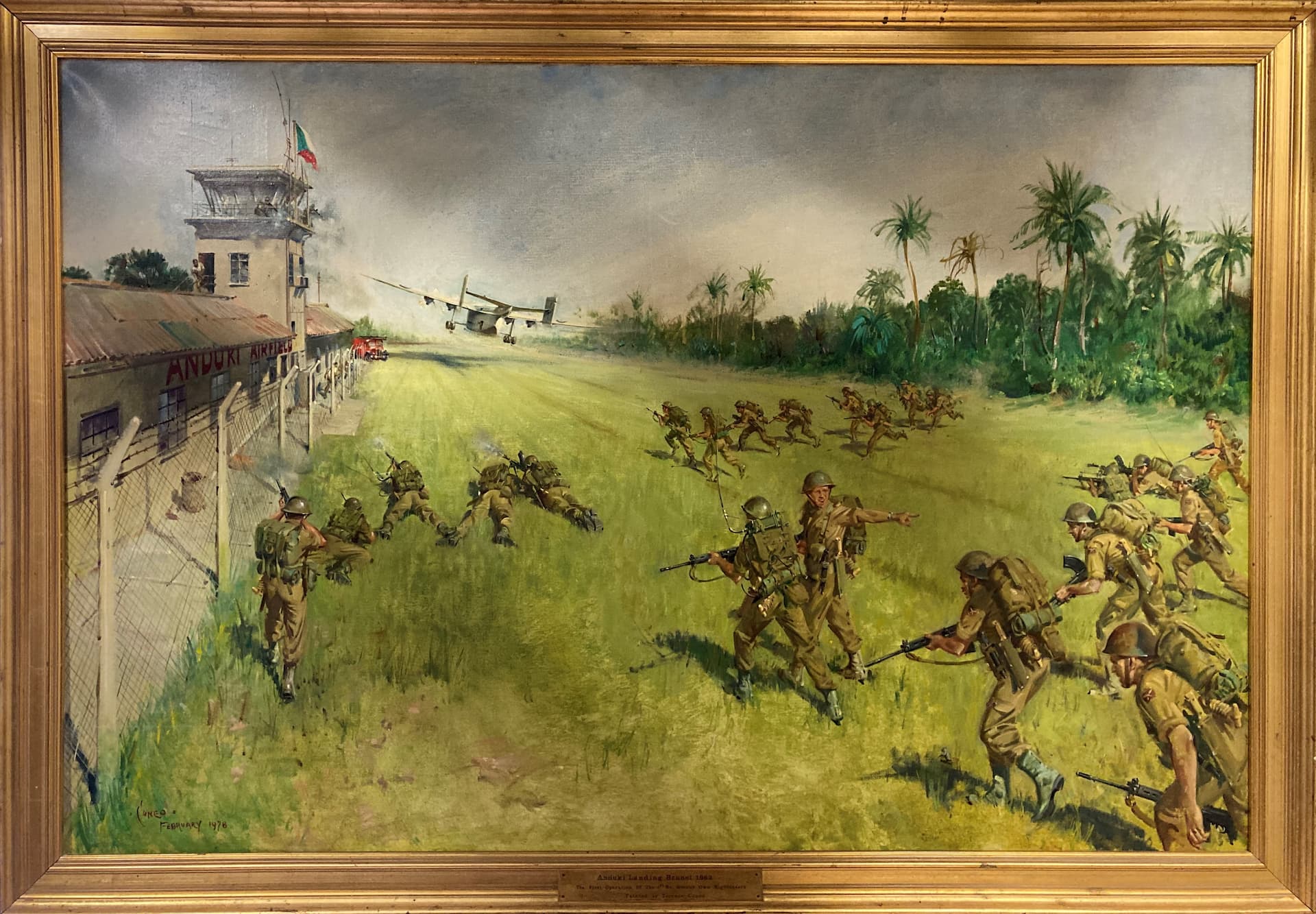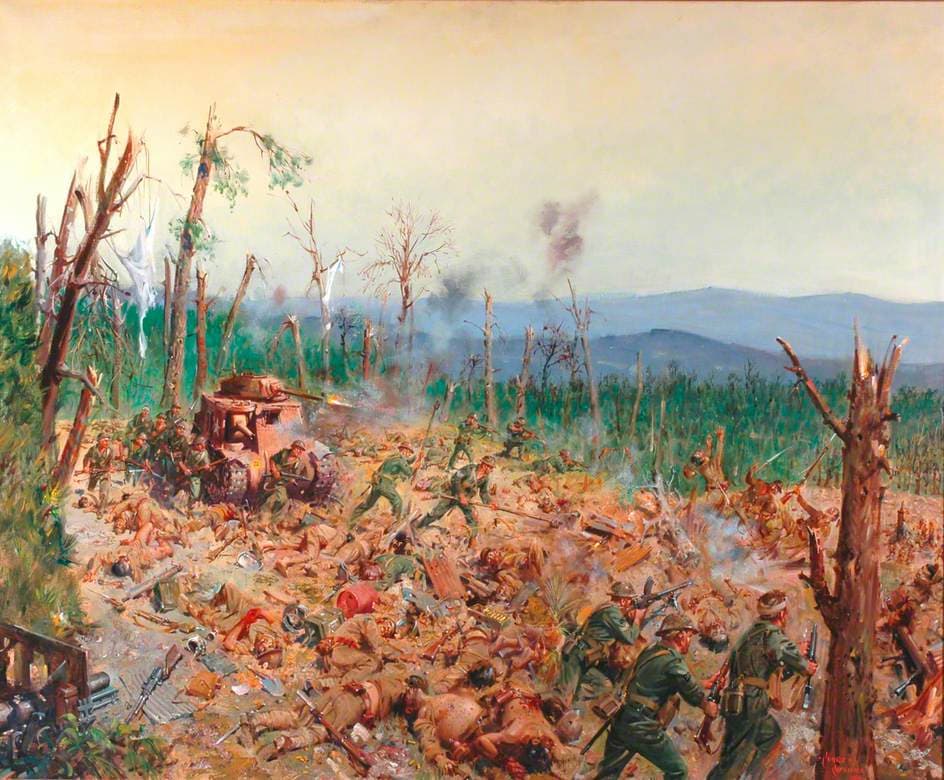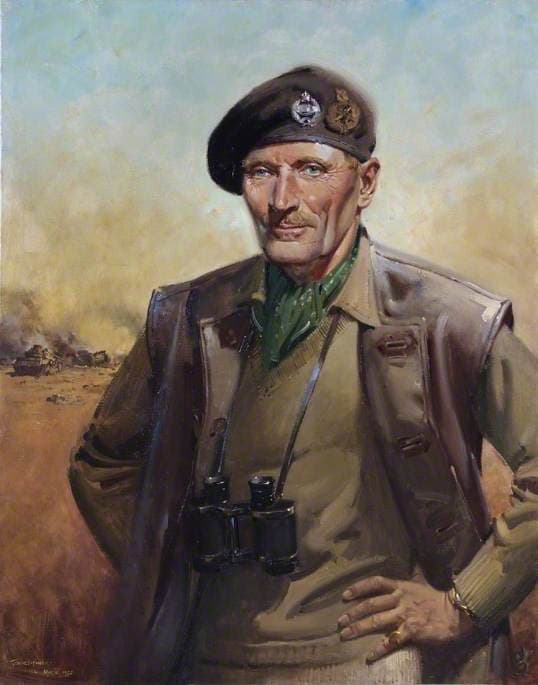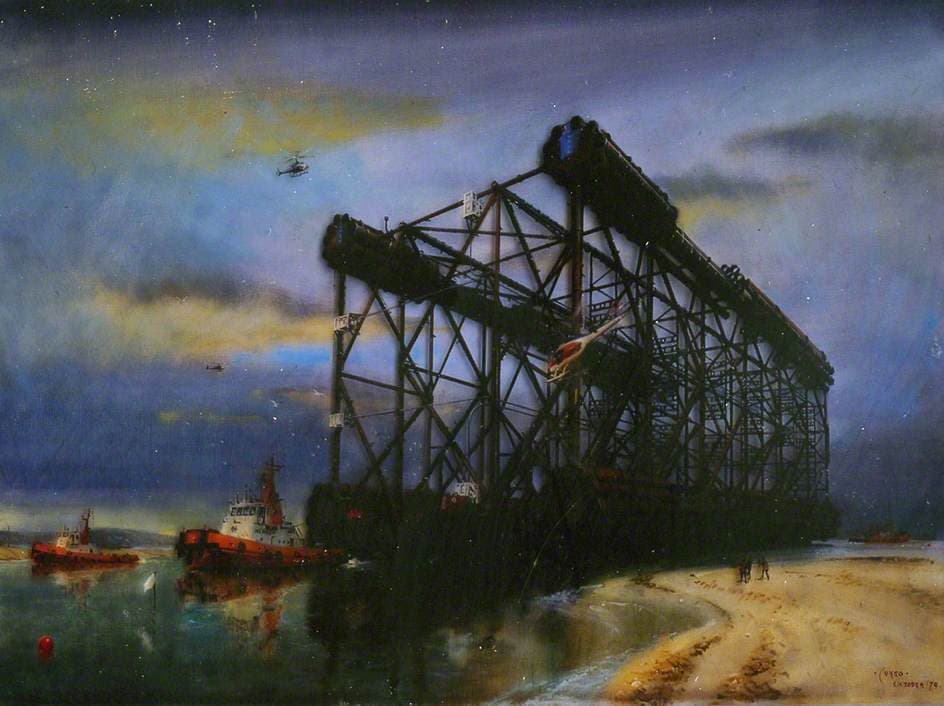TERENCE TENISON CUNEO
AT THE HIGHLANDERS’ MUSEUM
WHO WAS TERENCE CUNEO?
The paintings of Terence Cuneo are distinctive for their bright colours, intricate detail, and subjects of industry and military. Probably most well-known as a painter of railways, such as ‘Royal Scot’ on display in The Postal Museum, Cuneo shot to fame as the official artist for the Coronation of Queen Elizabeth II in 1953.
Born in London in 1907 to an Italian American father and a British mother who were both artists, Cuneo trained at the Chelsea Polytechnic and the Slade School of Art. Having found work as a magazine illustrator, he went on to serve as a sapper for the Royal Engineers during WWII. The artist was also commissioned by the Foreign Office to produce anti-Nazi images. A pencil drawing shows Londoners being herded onto trains, perhaps creating a subtle yet ominous parallel with the Nazi’s treatment of the Jewish people.
“A vibrant and tropical painting, the scene shows the Queens Own Highlanders in the midst of an attack”
CUNEO AT THE HIGHLANDERS’ MUSEUM
Although his passion lay in painting trains, Cuneo’s military paintings are renowned across the UK and beyond. Depicting the modern military from WWII to 1990, his paintings are fast-paced, action-heavy, and intricately detailed. The Highlanders’ Museum holds one of his finest paintings in its collection – ‘Anduki Landing, Brunei, 1962 – First Operation of the 1st Battalion Queens Own Highlanders’. A vibrant and tropical painting, the scene shows the Queens Own Highlanders in the midst an attack; the Highlanders had arrived in the town of Seria to rescue European hostages who had been held prisoner by rebels for three days in the local police station.
Cuneo is also known for including a small mouse in many of his paintings after 1954. The Anduki Landing painting features a mouse, running alongside the Highlanders with an AK47. Some of Cuneo’s notable portraits also include mice, such as a portrait of Field Marshal Bernard Law Montgomery.
The Highlanders’ Museum holds a signed print of ‘The Battle of Kohima, April 1944’, which was painted in 1982; the original is held in the Kohima Museum in York. This painting shows a bloody battlefield during the Japanese offensive in India in 1944. The mass of fallen soldiers and scattered weapons almost blend into the sandy earth, whilst fighting continues over and around them. Skeletal trees frame the scene of brutal hand-to-hand combat and tank warfare.
Cuneo’s fascination with industry led him to paint subjects a little closer to home (well, our home anyway!). This painting entitled ‘Floatout, Conoco’s Murchison Jacket, Ardersier, Highlands’ shows the construction of the Murchison oil platform, ready to be floated out to the North Sea. From the 1970s, Ardersier was home to the McDermott Fabrication Yard for oil rigs; a fascinating subject for Cuneo. The ethereal painting, with its almost-Northern-lights-coloured sky, is available to see in the Aberdeen Maritime Museum.
